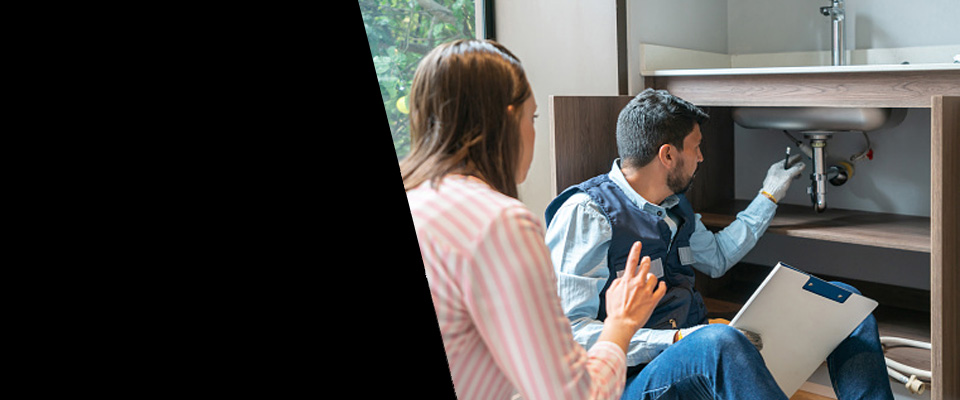Rainwater Harvesting Systems Plumbing Services in Agoura Hills, CA
Agoura Hills Rainwater Harvesting Systems Pros available now in Los Angeles County
Rainwater Harvesting Systems is an environmentally sustainable plumbing service that involves the installation and design of systems to capture, retain, and repurpose rainwater for non-potable purposes. These systems typically include storage tanks, catchment areas, and filters, enabling sustainable water use in landscaping, toilet flushing, and washing. Properly configured systems lower utility costs and promote water conservation
We provide top-quality Plumbing services throughout Los Angeles County. Whether you need help with Rainwater Harvesting Systems or other issues, our Team is ready.
Plumbing Services in Agoura Hills, CA
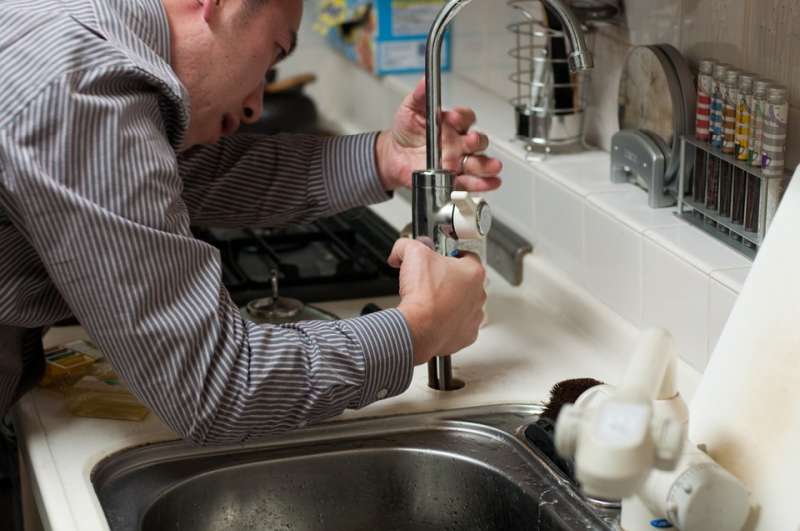
Appliances
Setting up dishwashers, hot water heater (tank and tankless), garbage disposals, and washing devices.
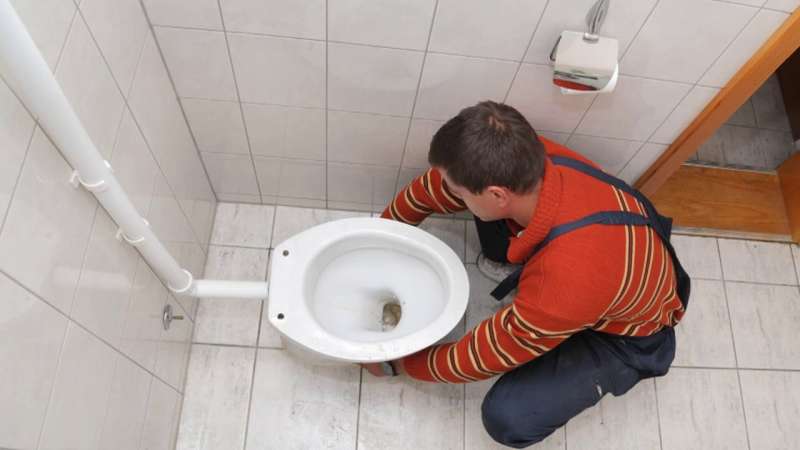
Backflow Testing and Prevention
Making sure backflow avoidance gadgets are working properly.
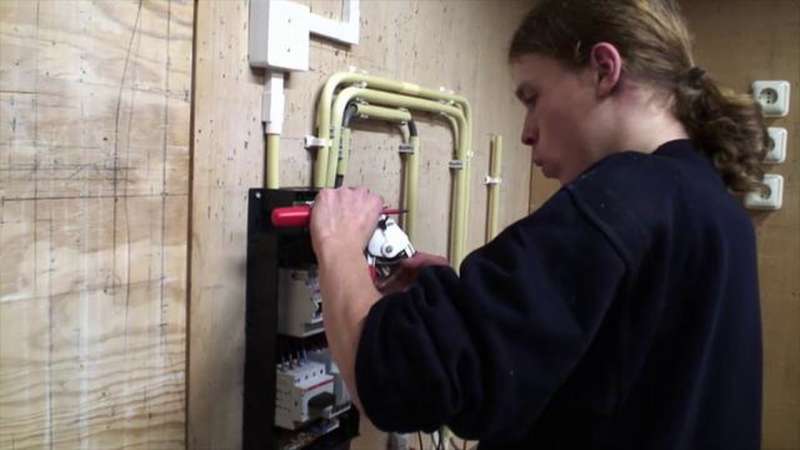
Bathroom and Kitchen Remodeling
Transferring or upgrading plumbing systems.
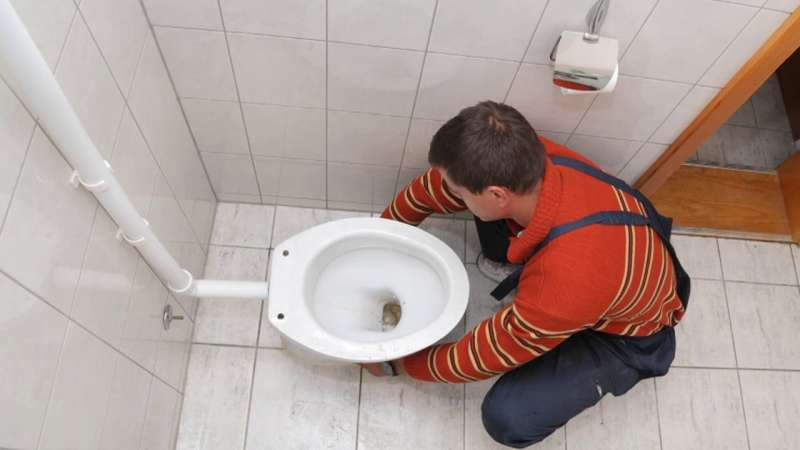
Building Code Compliance
Guaranteeing plumbing systems fulfill regional guidelines.
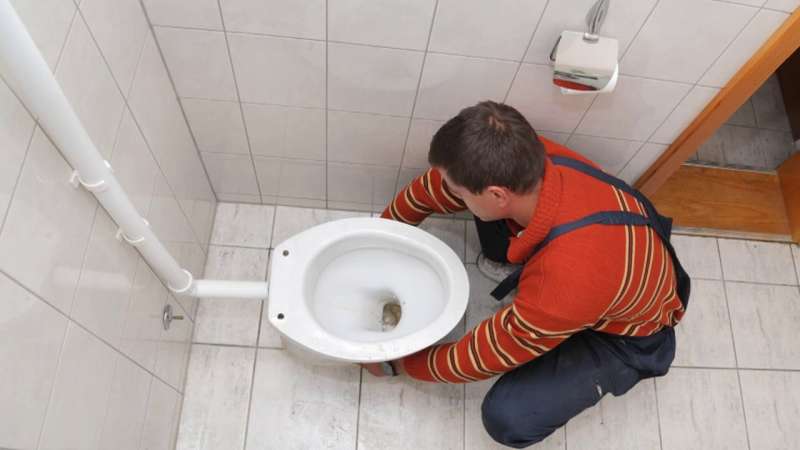
Burst Pipes
Immediate action to prevent flooding and water damage.
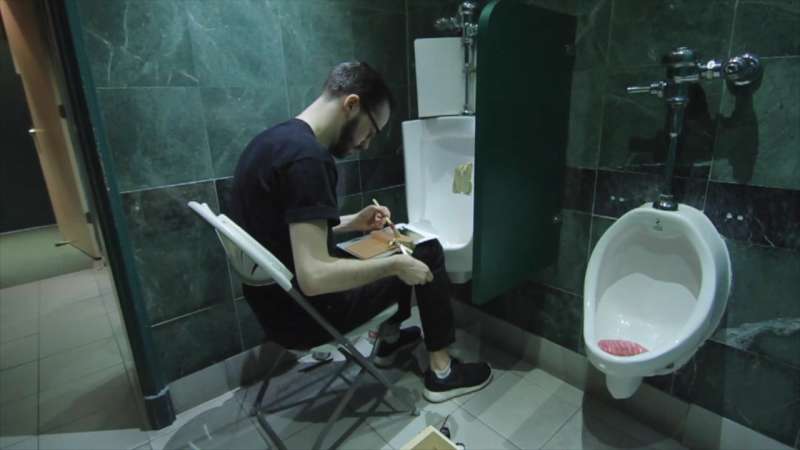
Clogged Drains
Cleaning clogs in sinks, toilets, showers, and sewer lines.
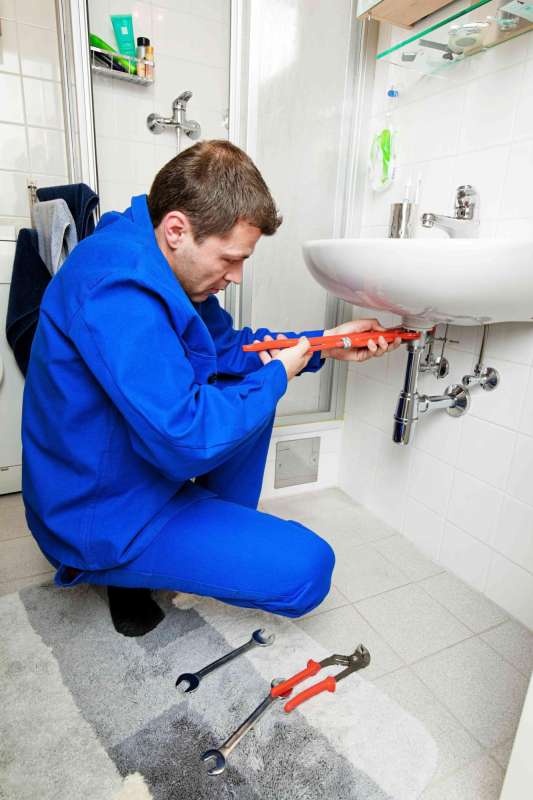
Drain Cleaning
Regular cleansing to prevent clogs and preserve flow.
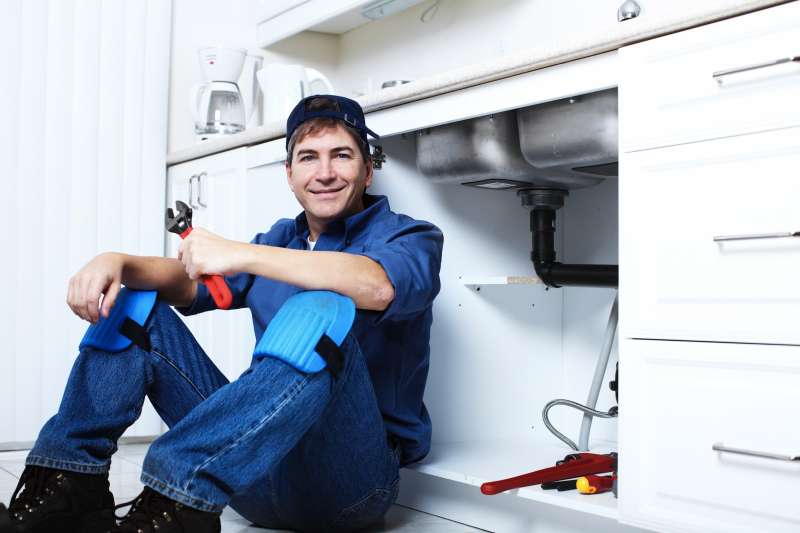
Fixture Repairs
Fixing malfunctioning faucets, toilets, and other fixtures.
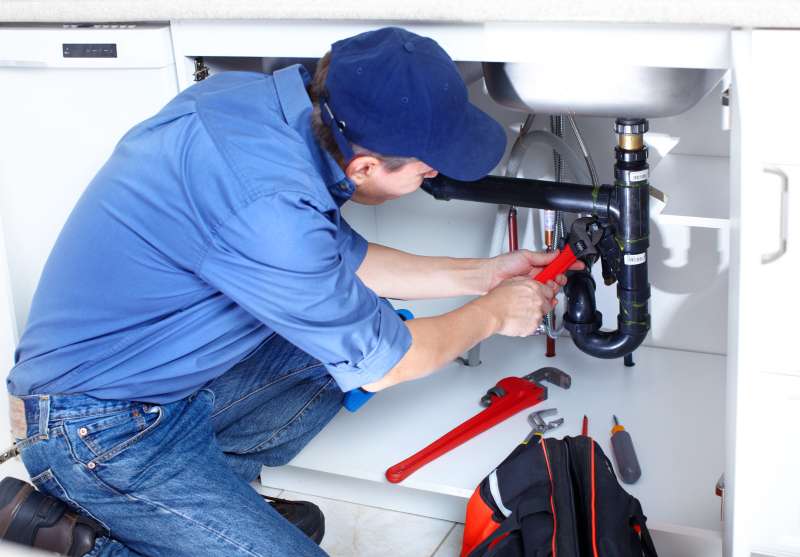
Fixtures
Installation of sinks, faucets, toilets, tubs, and showers.

Gas Leaks
Emergency detection and repair work to prevent risks.
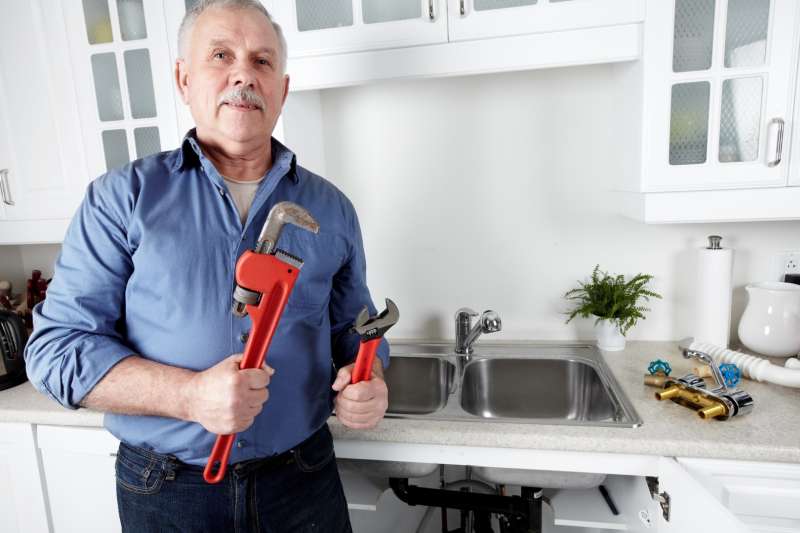
Gas Line Repairs
Fixing gas leaks and guaranteeing appropriate gas line functioning.
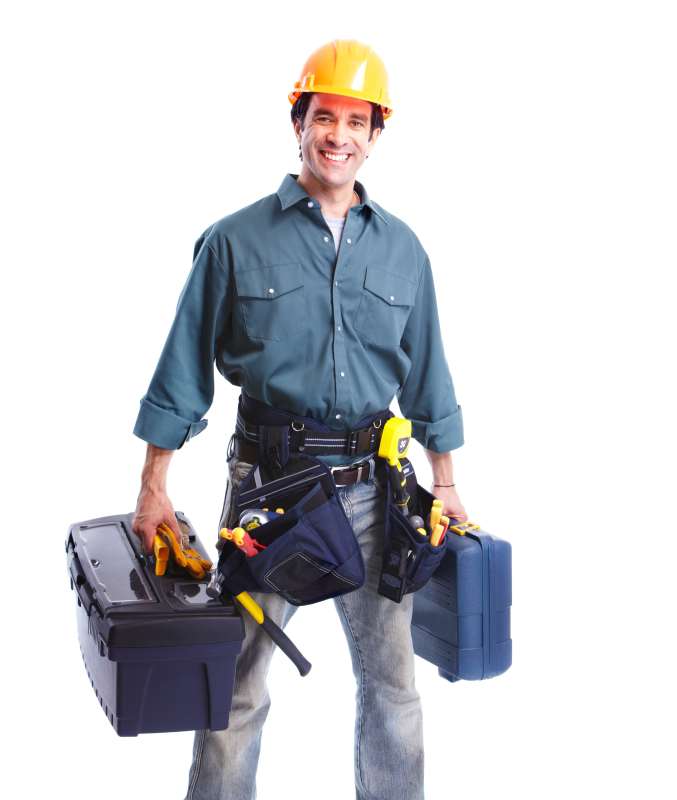
Greywater Recycling Systems
Setting up systems for recycling family wastewater.
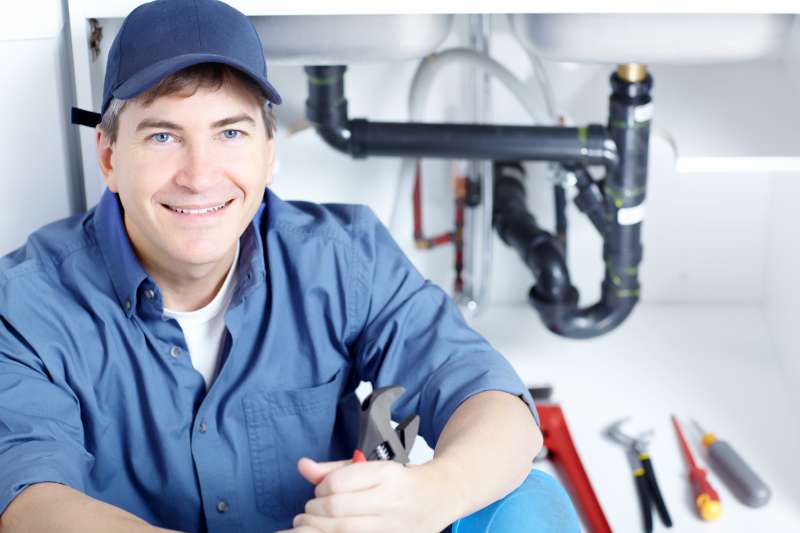
Hydronic Heating
Installing and preserving glowing floor heater.
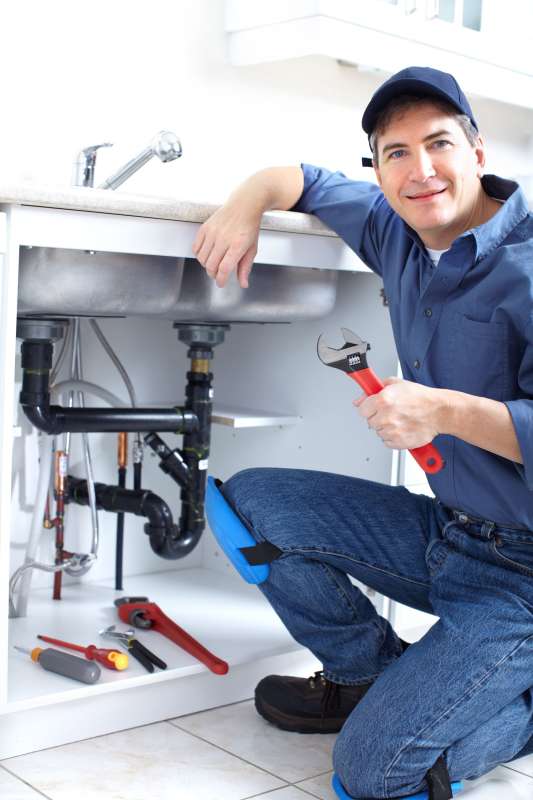
Industrial Pipework
Specialized piping for factories or commercial settings.
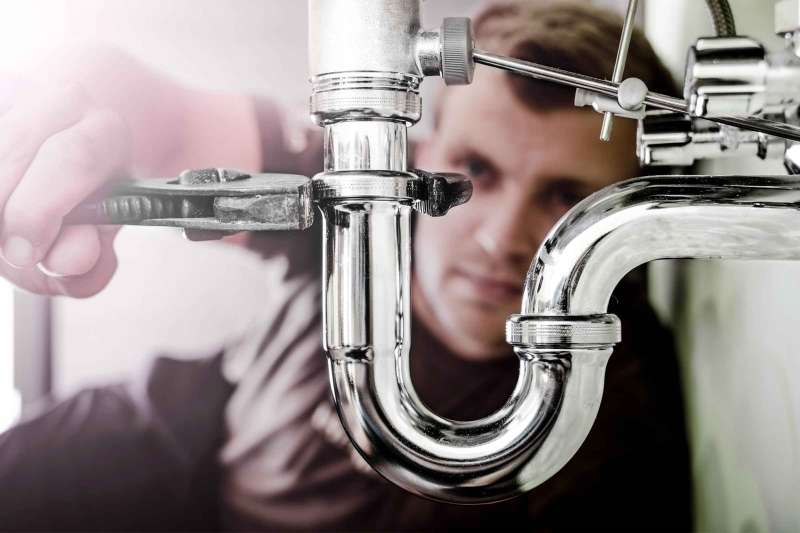
Irrigation Systems
Setting up and preserving outside watering.
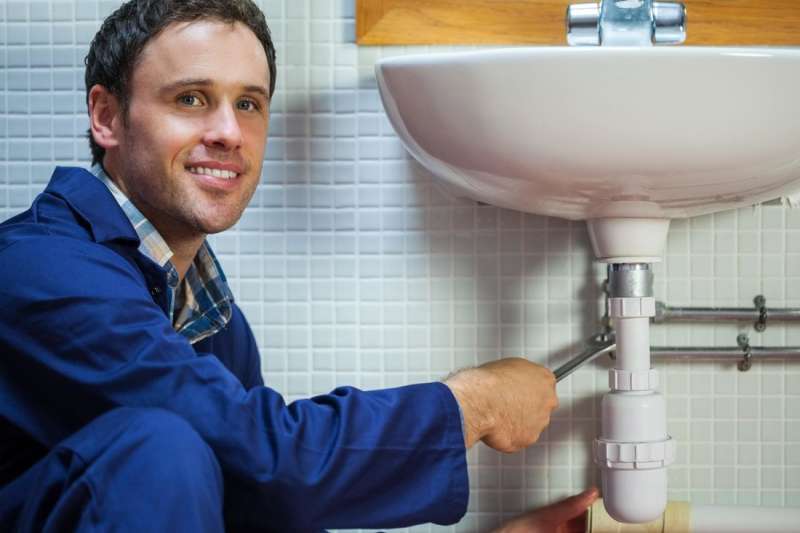
Large-scale Installations
Plumbing systems for new buildings or restorations.
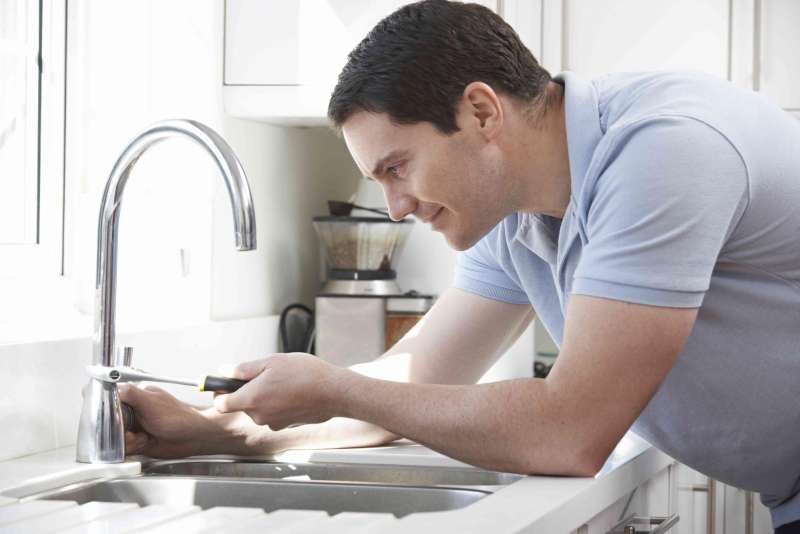
Leak Detection and Repair
Repairing leaks in pipelines, faucets, toilets, and home appliances.
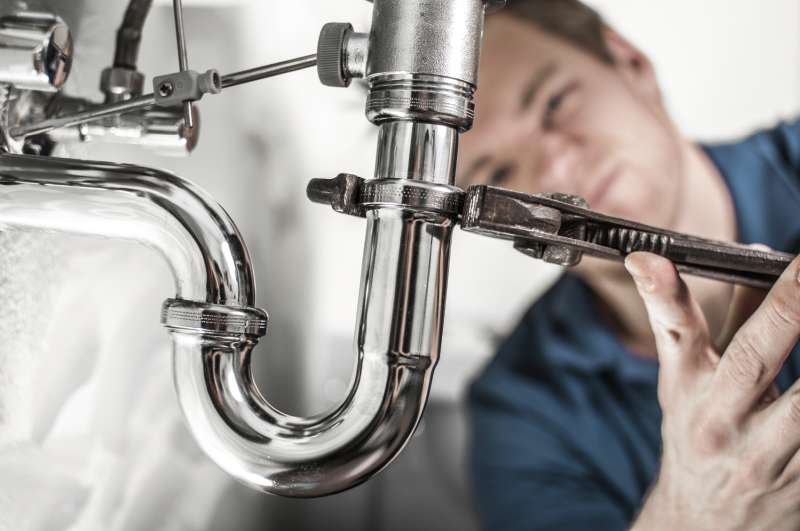
Overflowing Toilets
Quick resolution of severe obstructions and overflows.
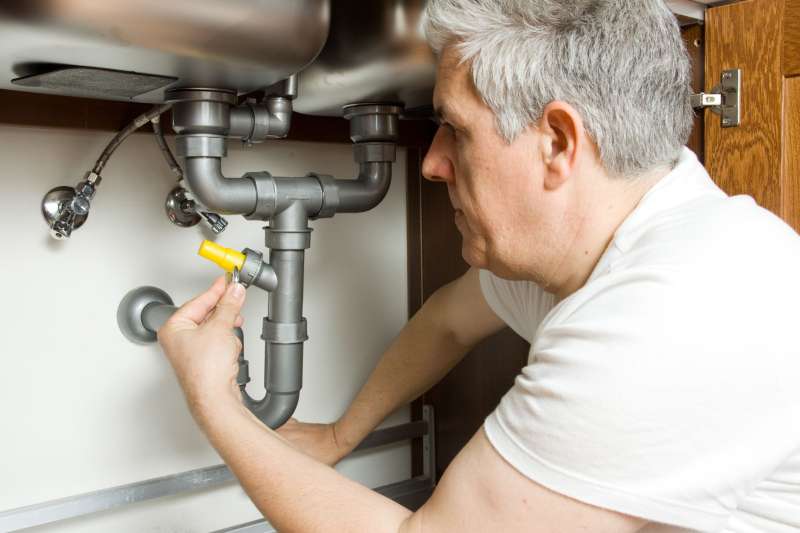
Pipe Inspections
Utilizing cams to check pipes for damage or blockages.

Pipe Repairs
Fixing or replacing burst, worn away, or damaged pipelines.

Pipes and Fittings
Installing brand-new piping systems for water, gas, and drainage.

Pre-Purchase Inspections
Assessing plumbing systems before buying property.

Rainwater Harvesting Systems
Installing systems to collect and utilize rainwater.

Regular Maintenance Contracts
Ongoing maintenance services for services.

Septic System Services
Setting up, fixing, and keeping septic systems.

Sump Pump Installation and Repair
Managing groundwater in basements.

Upgrading Fixtures
Setting up water-efficient or contemporary fixtures.

Water Efficiency Consulting
Encouraging on water-saving methods and items.

Water Filtration Systems
Installing water conditioners and filtering systems.
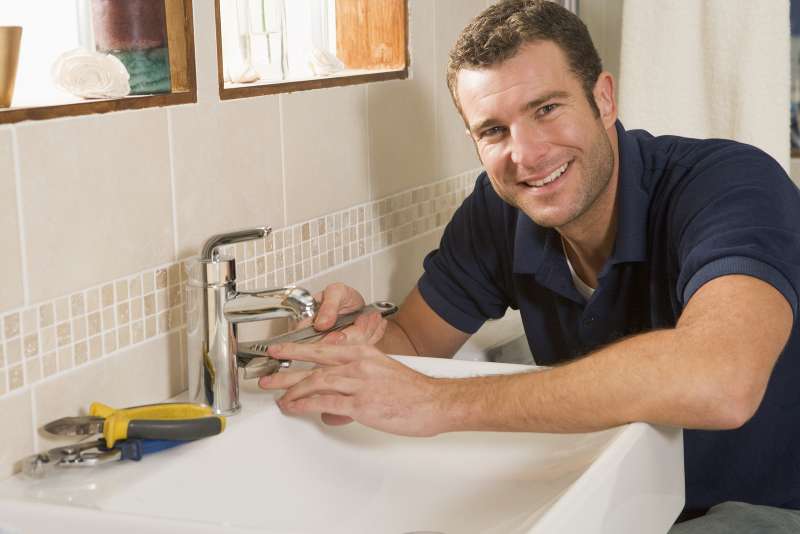
Water Heater Maintenance
Flushing and checking water heaters to lengthen lifespan.

Water Heater Repair
Addressing concerns with temperature level, leakages, or failure to heat water.
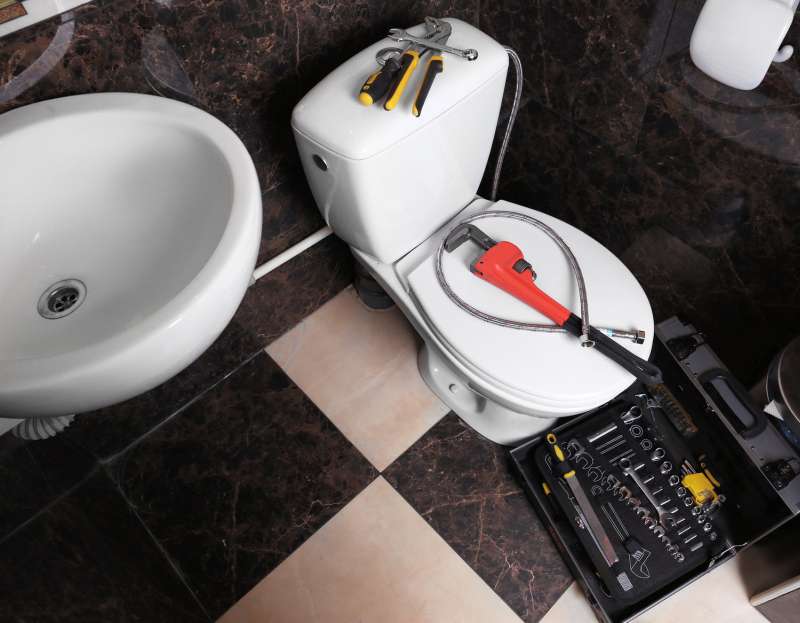
Waterproofing
Protecting basements or other areas from water intrusion.
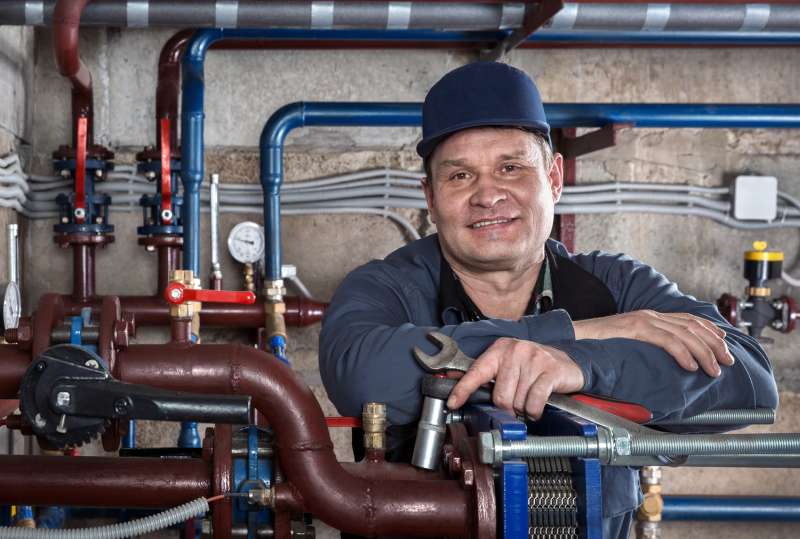
Sewer Backups
Immediate attention to prevent contamination and health risks.

